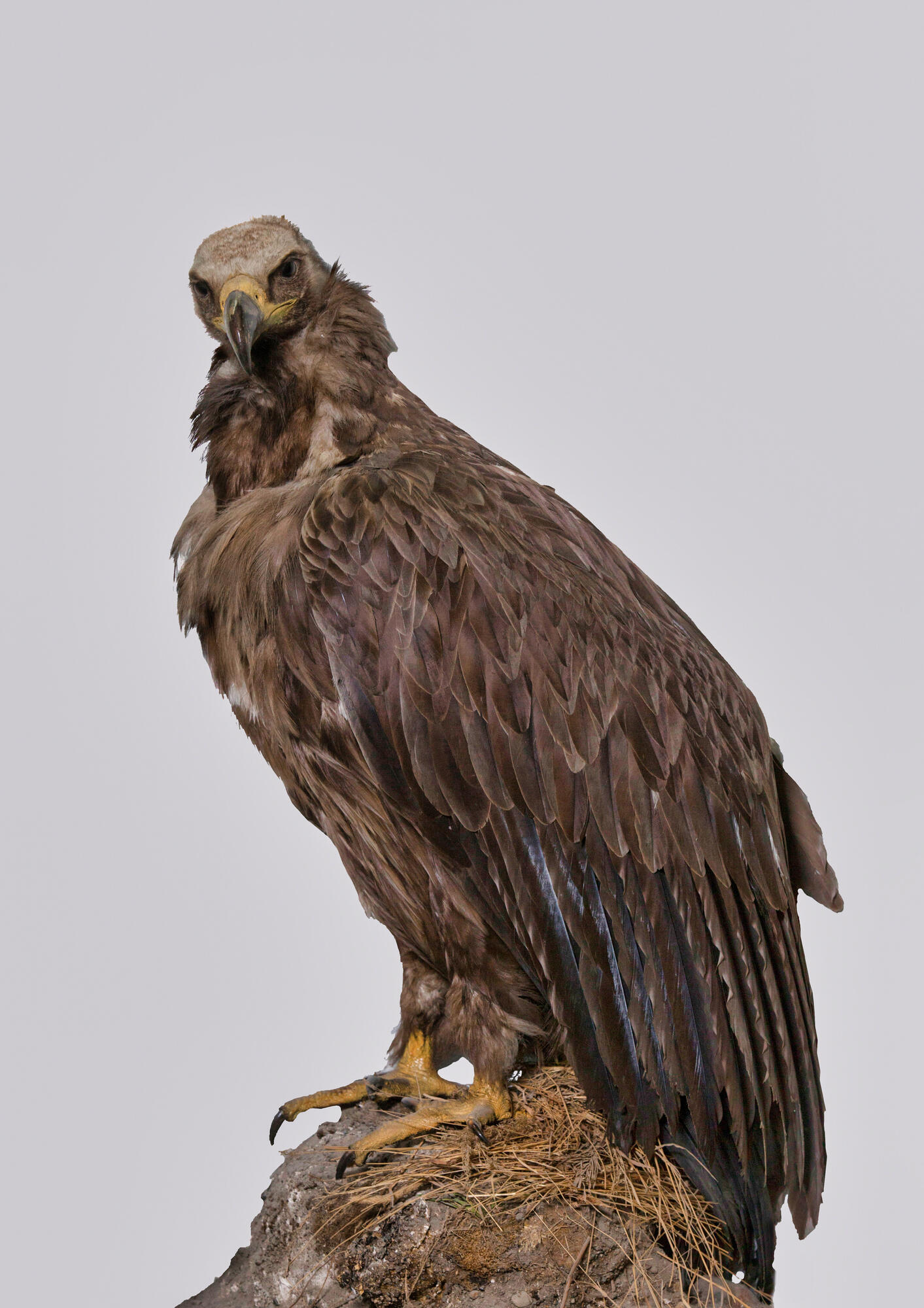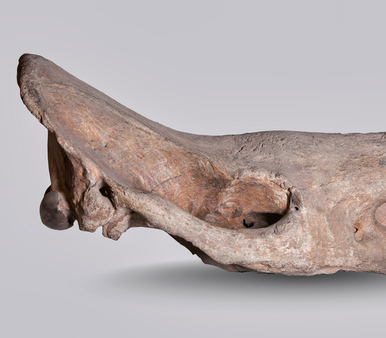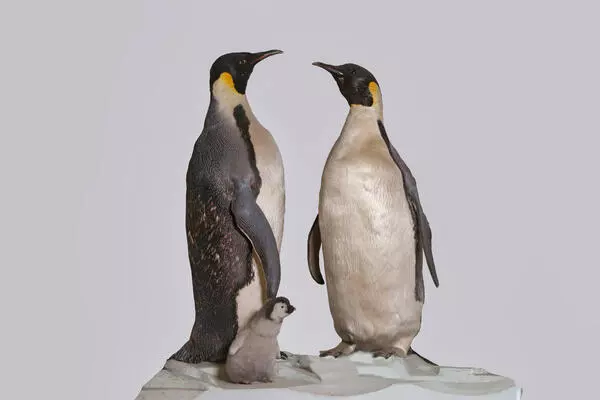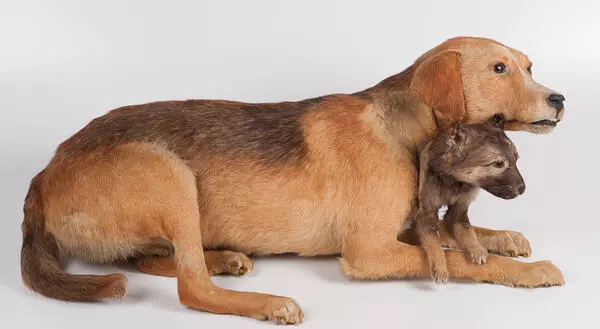In the display of the ‘Mountain Gorge’, a black vulture sits next to a dead mountain goat, a baby of the tur. It is a very large bird–up to one meter tall–with a grayish-brownish shade of feathers and bluish skin.
This scavenger looks unique. The vulture has a powerful pointed beak, curved downward, which easily rips apart dead flesh, and an almost bald head and long neck, which makes the bird less likely to get dirty while eating carrion. Vulture prefers meat of large animals, less often it eats skin and bones.
A black vulture spends a lot of time in the air in search for food. But because of its weight of 10–12 kilograms it is hard to fly actively, so the bird prefers to hover for a long time at a height of one or two kilometers, catching the ascending streams of warm air with its broad wings. Due to its sharp eyesight from such a height, this scavenger can see the area below perfectly.
The black vulture is found in the mountains of Southern Europe, North Africa, Crimea, the Caucasus, and Central Asia. However, it rarely shows itself to people. For example, only about 10 pairs of these birds nest in the Crimean mountains, while in the whole of Georgia there are only 10–15 pairs. The reason for these low numbers is the lack of forage: the number of wild ungulates and livestock is falling these days. In addition, people often frighten vultures while feeding or resting, disturbing them at nests, there are cases of hunting this rare bird.
The black vulture is included in the Red Book of the Russian Federation and the Red List of the International Union for Conservation of Nature. However, scientists have not yet achieved great success in breeding vultures in captivity.
A pair of black vultures usually nests in tall trees and impregnable rocks, away from neighbors of their species. The bottom of the nest is lined with moss, fluff and animal hair. The nest can reach 1.5 meters in diameter, but it usually contains only one egg. The father and mother incubate and nurse their offspring together.
Sometimes vulture eggs and chicks fall prey to nest predators. Therefore, the breeding efficiency of these birds is low. For example, in Uzbekistan there is only one fledgling per two pairs of vultures, a young bird that has already begun to fly out of the nest, and in Georgia there is one fledgling per four pairs.
This scavenger looks unique. The vulture has a powerful pointed beak, curved downward, which easily rips apart dead flesh, and an almost bald head and long neck, which makes the bird less likely to get dirty while eating carrion. Vulture prefers meat of large animals, less often it eats skin and bones.
A black vulture spends a lot of time in the air in search for food. But because of its weight of 10–12 kilograms it is hard to fly actively, so the bird prefers to hover for a long time at a height of one or two kilometers, catching the ascending streams of warm air with its broad wings. Due to its sharp eyesight from such a height, this scavenger can see the area below perfectly.
The black vulture is found in the mountains of Southern Europe, North Africa, Crimea, the Caucasus, and Central Asia. However, it rarely shows itself to people. For example, only about 10 pairs of these birds nest in the Crimean mountains, while in the whole of Georgia there are only 10–15 pairs. The reason for these low numbers is the lack of forage: the number of wild ungulates and livestock is falling these days. In addition, people often frighten vultures while feeding or resting, disturbing them at nests, there are cases of hunting this rare bird.
The black vulture is included in the Red Book of the Russian Federation and the Red List of the International Union for Conservation of Nature. However, scientists have not yet achieved great success in breeding vultures in captivity.
A pair of black vultures usually nests in tall trees and impregnable rocks, away from neighbors of their species. The bottom of the nest is lined with moss, fluff and animal hair. The nest can reach 1.5 meters in diameter, but it usually contains only one egg. The father and mother incubate and nurse their offspring together.
Sometimes vulture eggs and chicks fall prey to nest predators. Therefore, the breeding efficiency of these birds is low. For example, in Uzbekistan there is only one fledgling per two pairs of vultures, a young bird that has already begun to fly out of the nest, and in Georgia there is one fledgling per four pairs.







